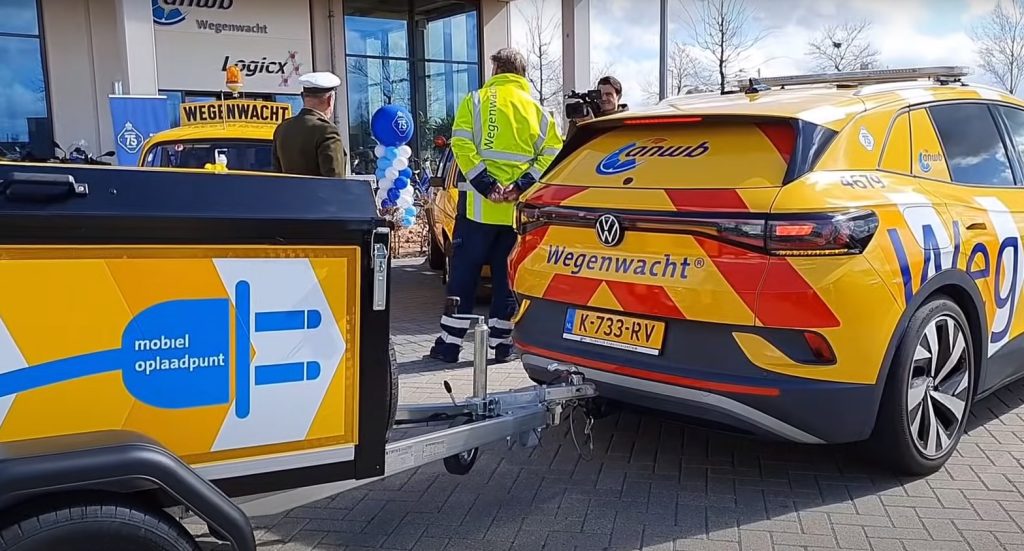If we want car brands to make a success of their electric models, we must first invest in a perfectly organized infrastructure. As long as it is puzzling where you can plug in, the chance that motorists will travel further with an electric car than to work is very small. Along the highways you can charge the car at stations that usually have different types of chargers. You can use chargers with a higher maximum charging speed than what your vehicle supports, but the charging speed will be limited to what your vehicle supports.
But it really becomes problematic when you arrive at a charging station and the charger turns out to be broken. With 25 kilometers left to the battery and 33 kilometers to the next charging station, you then have a problem. It is frustrating that the electric car driver has to wait and see whether a charging station works. Furthermore, not every gas station has a charging station. And if there is one, there is really only one or two and you are therefore waiting for your predecessor. Assume that charging an electric car takes a lot longer than filling up with petrol and you are an hour further. The 300 kW chargers that we often find along the highway in the Netherlands can charge two vehicles at the same time. In that case, the available 300 kW is divided between the two vehicles.
With 5 kilometers left on the battery, I left it behind and took a taxi. I spent the rest of the trip thinking about the essence of electric driving."
Selma van der Graaf
You would think that electric driving is no longer a niche product in 2022, but nothing could be further from the truth. Have you ever heard of the term range anxiety? Fear of stranding along the road with an empty battery with your electric car, that's about it. When you really come to a standstill, you can probably call the emergency center. The rule is that a ramp must still be used. A tow truck is not an option, because almost every car manufacturer advises against towing. They will take you to the nearest charging station. That can be a fast charger, but also just a public charging station somewhere in a street.
Fortunately, things like mobile chargers exist. The ANWB drive it around and claim that it will provide your empty battery with enough power within fifteen minutes so that you can drive about 10 kilometers. This is often enough to reach a charging station. According to the ANWB, common breakdowns in electric/hybrid cars are empty EV batteries, stuck charging plugs, unwilling chargers, faults in the high-voltage system or simply a flat tire. Certainly for the charging plug that is stuck and the charger that does not work, there is not one answer. Over the years, appropriate answers will arise for this per brand, model and year.

The chance that you will end up stranded with an electric car is very small. And there is no country with the same density of charging points as the Netherlands. Being stranded with an empty battery is the worst nightmare of anyone who drives an electric car. Some simple and obvious tips. Use the battery to a maximum of 10% and then charge. Do not delay loading until the last possibility, but build in a safety margin. Charge when you can, not when you have to.
Electric cars are the green answer to contribute to a sustainable future. There are more advantages than disadvantages. The car requires less maintenance. Did you know, for example, that driving an electric car is often cheaper compared to driving a fuel car? Beaching with an electric car usually happens due to an empty battery or a flat tire. Other parts are rarely the culprit, because an electric car has very few moving parts that can wear out or otherwise break.
Also read: Electric charging and also paid parking



